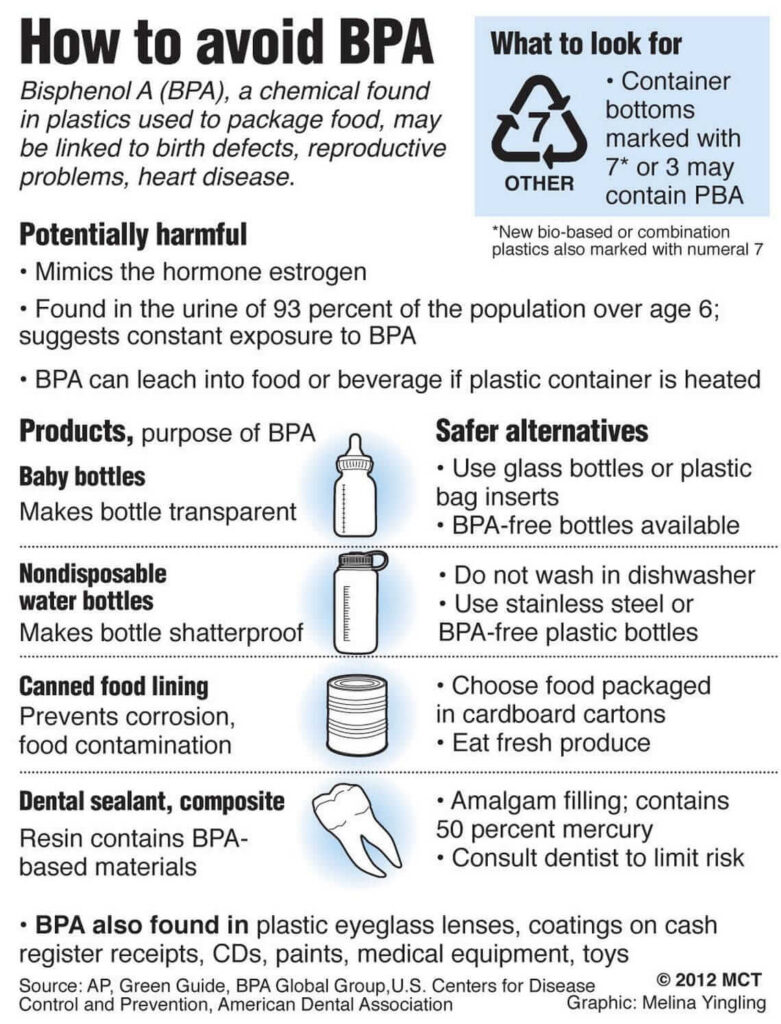by The Cowl Editor on October 18, 2018
Opinion

by Alyssa Cohen ’21
Opinion Staff
We live in a world consumed by plastic. It is a cheap and readily accessible material that we use in virtually every aspect of our lives. Water bottles, children’s toys, food packaging—plastic, plastic, and more plastic.
However, despite the material’s practicality, it is high time that we, as a nation, take a step back and ask ourselves: Is plastic doing us more harm than good?
Plastic contains a chemical called Bisphenol A, more commonly known as BPA. BPA is an endocrine disruptor found in hard plastics that may be linked to heart disease, reproductive disorders, breast cancer, asthma, and Type 2 diabetes.
Although public authorities in the United States claim to set BPA safety levels, scientists believe that the amount of BPA that a plastic may legally contain should be dramatically decreased based upon updated research.
According to a study performed by the Centers for Disease Control and Prevention (CDC), a shocking 95 percent of adult urine and 93 percent of children’s urine contained Bisphenol A.
This study shows that BPA affects nearly every member of our society, therefore, if the chemical proves to be as hazardous as it is suspected to be, we are all in over our heads.
However, although BPA contact may seem unpreventable due of our nation’s tremendous dependance upon plastic, it is not entirely unavoidable.
In fact, there are many ways we can reduce or even eliminate our BPA intake altogether. The most effective way to readily remove the chemical from our lives would be to limit our day to day usage of plastic. Stainless steel and glass serve as terrific substitutes.
For example, instead of storing leftovers or packing your lunch in plastic bags or containers, try keeping your food in mason jars, glass storage boxes, or in a metal Thermos.
Additionally, there are also several great alternatives for plastic water bottles. Brands such as Klean Kanteen, Hydroflask, and Yeti offer many options of durable, insulated stainless steel water containers that will keep your drink colder too. Our on-campus Dunkin’ offers reduced priced coffees to customers who bring their own reusable vessel to be filled, rather than drinking from a Dunkin’ cup.
However, although the complete elimination of plastic would be the most ideal way to combat the health risks of BPA, it is not entirely realistic. Therefore, we must evaluate the kinds of plastics we use in our daily lives and whether or not we are using them appropriately.
Most water bottles and other plastic containers are labeled with a number from 1-7 that can be located in a small triangle at the bottom of the vessel. This number will determine the toxicity (amount of BPA) of a container.
One should always avoid using any plastic labeled a 3 or 6 as they are highly toxic. On the contrary, plastics categorized as a 2, 4, and 5 contain minimal chemicals and are typically the safest option. Additionally, plastics labeled a 1 or 7 are safe for single or minimal use, but should be used with caution.
A rating at 1, for instance, is the usual toxicity number of a Poland Spring’s water bottle, which is safe for a single use; however, once it is refilled for a second time, will become poisonous.
After its first use as ones, plastic labels, or polyethylene terephthalates, may leach the carcinogen DEHA into the food or water stored within the container.
Like “1s,” plastics labeled as a 7, such as the popular Nalgene brand water bottles, can be deceiving. For example, a water bottle labeled as 7 may be advertised as BPA free, while Bisphenol A has simply been substituted in the plastic for different yet equally precarious chemicals.
In order to maintain good health, it is essential that we reevaluate the use of plastic in our daily lives. However, even aside from the personal health risks of BPAs, we must consider the future of the earth. Plastic is consuming the planet.
Unlike substances such as paper, glass, and metal, that originate from the earth and then eventually biodegrade back into the soil, plastic is an entirely man-made compound that will never completely decompose.
There is already a rapidly growing island in the Pacific, roughly twice the size of Texas, that is exclusively composed of plastic pollution.
If we do not exponentially reduce our use of plastic, we may eventually destroy the planet we call home. So ditch the Flo’s to Go bag and make the smart choice for your own health and the health of your loved ones and your planet. Say “nay” to BPAs.
Comments are closed.
Great article! Thankfully you can find BPA-free plastic bottles, containers, jars and lids on Parkway Plastics’ website, ParkwayJars.com!